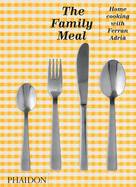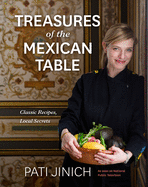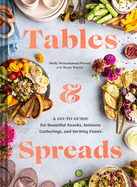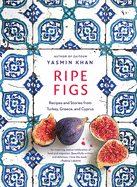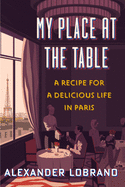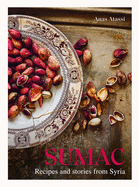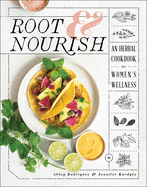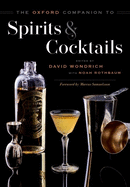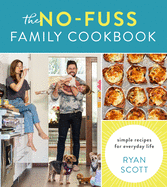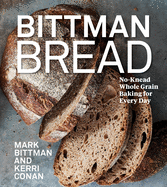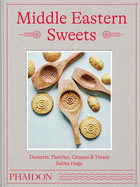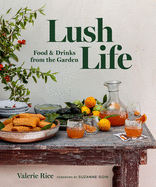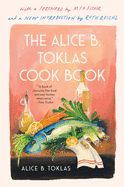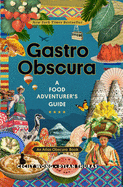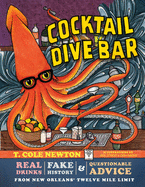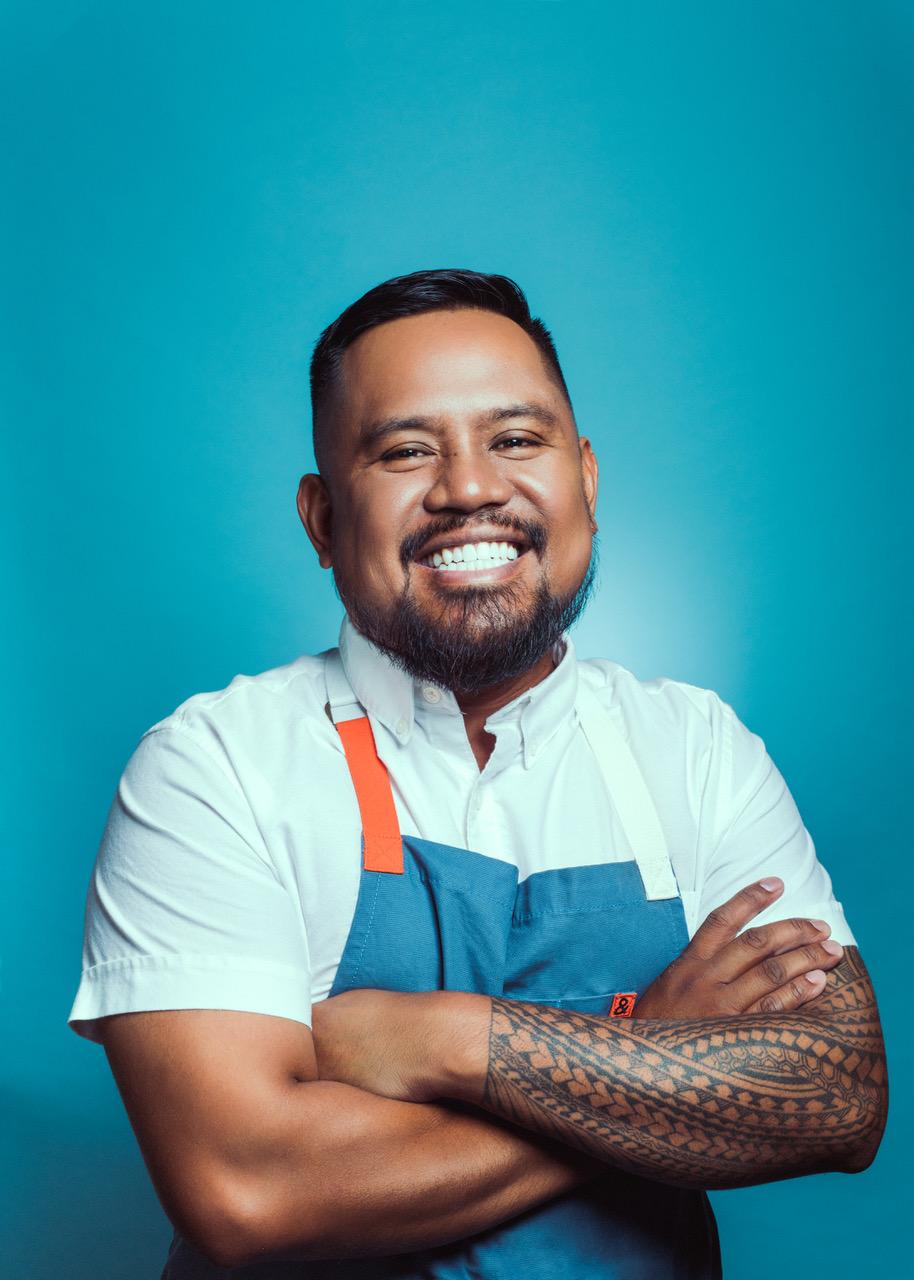 |
| photo: Marylane Studios |
Sheldon Simeon lives on the island of Maui, Hawaii. He is the chef-owner of Tin Roof, a restaurant serving local Hawaiian comfort food that is distinguished by bold flavors prepared in a fun, creative way. His more upscale restaurant, Lineage, was named one of Bon Appétit's top 50 new restaurants. Simeon has been nominated for a James Beard Award and was a finalist and voted "Fan Favorite" on seasons 10 and 14 of the Bravo TV cooking show Top Chef. Cook Real Hawai'i (Clarkson Potter, $35; reviewed below) is his first cookbook.
Your cookbook features more than 100 recipes. Was it hard to pare down the content and decide what to include?
I had many ideas. I asked myself how I could possibly share everything that makes me who I am--and what my cooking is--and put all of that onto a plate of food? That question has come to define what and how I cook. And it also guided me in the process of putting the cookbook together. I aimed to select recipes that influenced me throughout different periods of my life--recipes that would define the Hawaii I know and love, as best I could.
Is there one recipe or dish, in particular, that you're famous for?
Probably Mochiko Fried Chicken. It's a Hawaiian-style take on classic fried chicken. It borrows some influence from Japanese, Korean and even fried chicken recipes from the southern (mainland) U.S.
Do tell more!
We serve it at my restaurant Tin Roof. Locals bring their own versions of this very dish to parties and potlucks. It is chicken basically marinated in ginger and sake, along with other ingredients. Then it's fried in mochiko, which is a sweet rice flour that isn't really sweet--it's just made from glutinous rice--and which doesn't really contain gluten either (go figure!). My recipe contains levels of deliciousness and textures and is topped with kochujang aioli--which is a sauce made from Korean chili paste, sugar, garlic and mayonnaise--and a miso sauce, which blends white miso, sake, mirin and sugar. Everybody loves this dish--the light crust of the fried chicken when served over cooked rice. I love it, too. It's so addicting.
The recipe has several steps and some of the ingredients seem exotic.
There are simpler versions of Mochiko Fried Chicken out there, but none of them offer the whole epic package like this recipe. A more minimalist version, a humble cousin to the complexity of my version of mochiko, would be the recipe for Nori Chicken, whose style is pared back and simplified with a three-ingredient marinade. It's easier to make, and it's equally delicious.
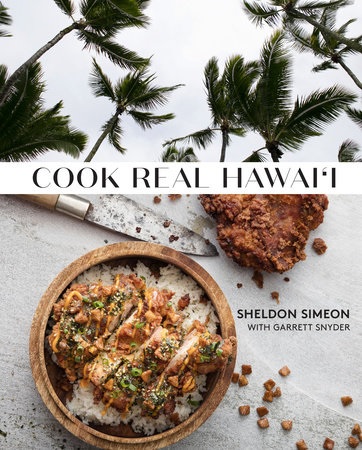 What defines you as a chef?
What defines you as a chef?
Ultimately, what will define me as a chef is the positive impact that I've had on other people--whether it is through something delicious and memorable that I've cooked for someone or my mentoring cooks who work in my restaurants.
What other cuisine, beyond the culturally diverse flair of Hawaiian cuisine, is your favorite?
I absolutely love Mexican food. In my humble opinion, there's nothing like the perfect al pastor taco--a sweet and smoky tortilla that has a slight chew to it, umami-rich tender pork, a vibrant punch of salsa habanero and sweet tangy pineapple to create one of the most harmoniously balanced bites ever created.
If you could travel anywhere in the world to learn more about a particular cuisine, where would it be and why?
Singapore is a place I've always dreamed of visiting. I'm so amazed by its cultural diversity. I would love to experience all the different cuisines there.
Your appearance on Top Chef launched you onto the national stage. How has your cooking changed (if it has) since your appearance on the show?
The highlight of Season 10 for me was the "Restaurant Wars" segment, where we were tasked with creating our own restaurant concept and bringing it to life. My idea was one I'd been jotting down in a notebook for years: a restaurant called Urbano, named after my grandpa, that served contemporary Filipino food. I ended up winning the episode, but the part that stayed with me was seeing the judges react to my food. Here were the judges, iconic culinary figures, eating the humble food that I grew up on, sinigang and pork belly adobo, and being utterly blown away. It was a light-switch moment for my entire career. And I began to realize how unique the platform is that I've been given to tell the stories of the place where I grew up.
The cookbook details how the history of Hawaiian cuisine evolved. Give readers a sense of your own personal history--do you remember the very first meal you ever cooked?
It wasn't a meal exactly, but I remember being a kid--I was probably only about five years old--I pulled a chair from the dining room table up to the stove where my grandpa was cooking. In the pot was lauya, a traditional Filipino soup made by slow simmering beef shank, cabbage and potato. I was so mesmerized as my grandfather seasoned the soup. He dipped the old tarnished cooking spoon into the broth then slowly lifted it to his lips, blowing it slightly to cool before tasting for seasoning. I could practically see the gears turning in his head. He'd add a splash of vinegar, a little sprinkle of salt, then taste again. As I watched in awe, he made one last dip into the broth, then raised the spoon to my mouth. He said, "Here, you try...." It was so amazing! That memory is forever etched into my brain and always comes to mind whenever I stand over a pot and taste broth for seasoning.
If you could cook dinner for any person in the world (living or dead), who would it be for and why?
I'd cook for my mother. She passed away when I was just embarking on my cooking career. She didn't get to witness my becoming a chef or cooking on TV. She never ate at any of my restaurants. She's a huge influence in my cooking, and I always reminisce about recipes she cooked when I was growing up. I'd serve her my take on Miki Noodles. I know my version (a hearty chicken noodle-type soup) would never be as delicious as hers, but I would give the world to be able to cook it for her and for us to share in making that memory. --Kathleen Gerard, blogger at Reading Between the Lines
Sheldon Simeon: Making Memories Through Food
 Rodney Scott watched his father barbecuing hogs for years before cooking his first, solo, at age 11. In Rodney Scott's World of BBQ (Clarkson Potter, $29.99), he tells ambitious readers how to build the pit and the burn barrel, start the fire and cook the hog; for everyone else, he shares tips about using the traditional grill for Rodney's Spare Ribs with "Rib Rub" and "Rodney's Sauce," as well as fish and chicken. For those who prefer the stove top, he has recipes for a delectable Chicken Perloo and Fried Chicken. Grits, coleslaw and cornbread round out the menu.
Rodney Scott watched his father barbecuing hogs for years before cooking his first, solo, at age 11. In Rodney Scott's World of BBQ (Clarkson Potter, $29.99), he tells ambitious readers how to build the pit and the burn barrel, start the fire and cook the hog; for everyone else, he shares tips about using the traditional grill for Rodney's Spare Ribs with "Rib Rub" and "Rodney's Sauce," as well as fish and chicken. For those who prefer the stove top, he has recipes for a delectable Chicken Perloo and Fried Chicken. Grits, coleslaw and cornbread round out the menu. As a member of the fourth generation behind Sahadi's, New York City's "oldest continually operating specialty food store," Christine Sahadi Whalen shares recipes that put their once-exotic ingredients to use, with photos that will make your mouth water, in Flavors of the Sun (Chronicle, $40). Grilled Sea Scallops with Charred Scallions and Sumac shares space with Classic Fattoush, vegetable dishes galore, cocktails and plenty of sweets (Tahini Swirl Brownies!).
As a member of the fourth generation behind Sahadi's, New York City's "oldest continually operating specialty food store," Christine Sahadi Whalen shares recipes that put their once-exotic ingredients to use, with photos that will make your mouth water, in Flavors of the Sun (Chronicle, $40). Grilled Sea Scallops with Charred Scallions and Sumac shares space with Classic Fattoush, vegetable dishes galore, cocktails and plenty of sweets (Tahini Swirl Brownies!). Black Food ($40), compiled by James Beard and NAACP Image Award-winning chef and food activist Bryant Terry, is the first book from his 4 Color imprint. This gloriously photographed volume--a "communal shrine to the shared culinary histories of the African diaspora"--invites readers to soak up the stories of generations of women in Erika Council's family as she shares her recipe for Buttermilk Biscuits; to learn about Sudan while making Mullah Karkade with Omer Eltigani; and to understand the meaning of Sankofa ("to go back and get it" or "return for it") by delighting in Selasie Dotse's Ghanaian Crepe Cake. Readers and food lovers will return to these pages again and again. --Jennifer M. Brown, senior editor, Shelf Awareness
Black Food ($40), compiled by James Beard and NAACP Image Award-winning chef and food activist Bryant Terry, is the first book from his 4 Color imprint. This gloriously photographed volume--a "communal shrine to the shared culinary histories of the African diaspora"--invites readers to soak up the stories of generations of women in Erika Council's family as she shares her recipe for Buttermilk Biscuits; to learn about Sudan while making Mullah Karkade with Omer Eltigani; and to understand the meaning of Sankofa ("to go back and get it" or "return for it") by delighting in Selasie Dotse's Ghanaian Crepe Cake. Readers and food lovers will return to these pages again and again. --Jennifer M. Brown, senior editor, Shelf Awareness 



 What defines you as a chef?
What defines you as a chef? 